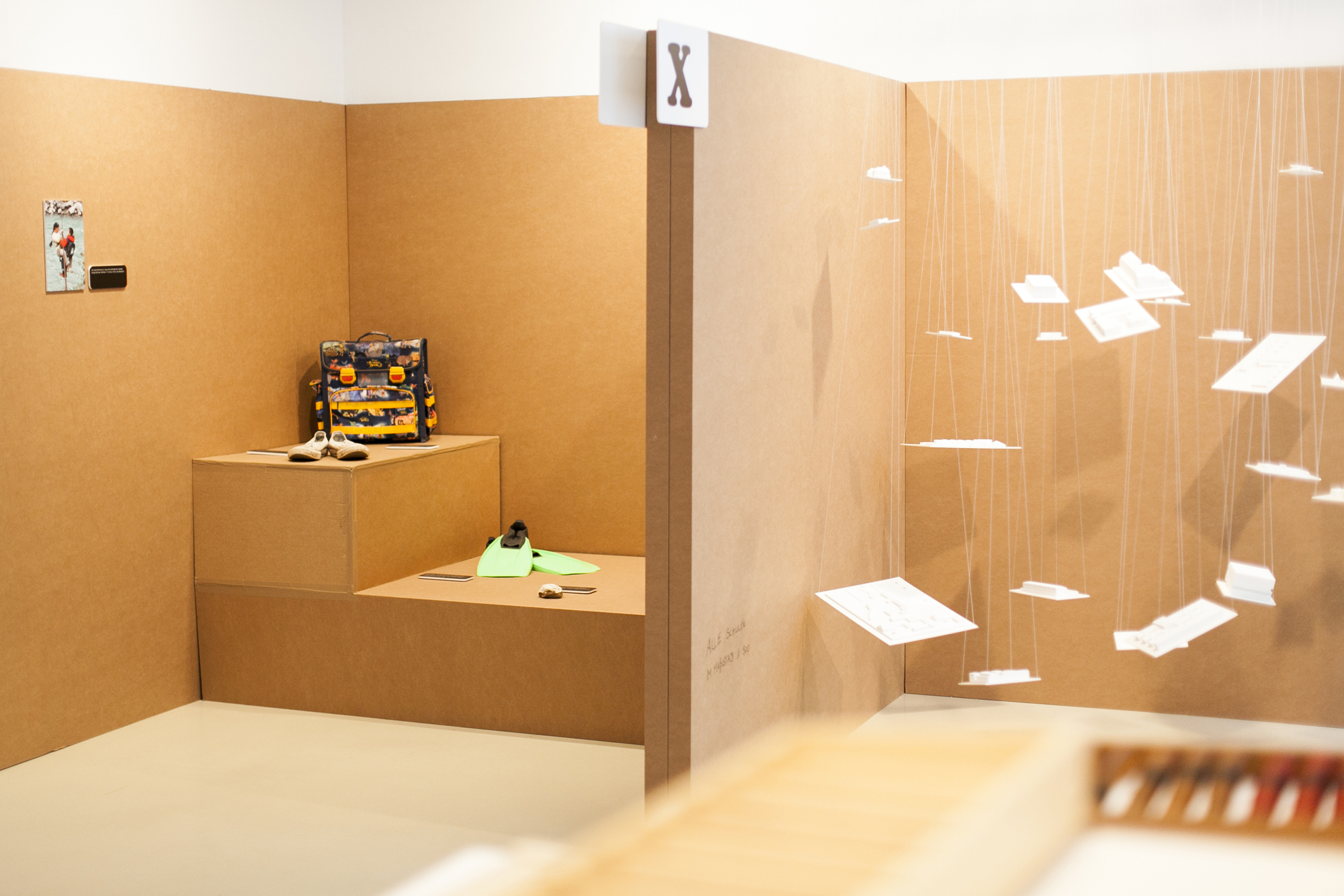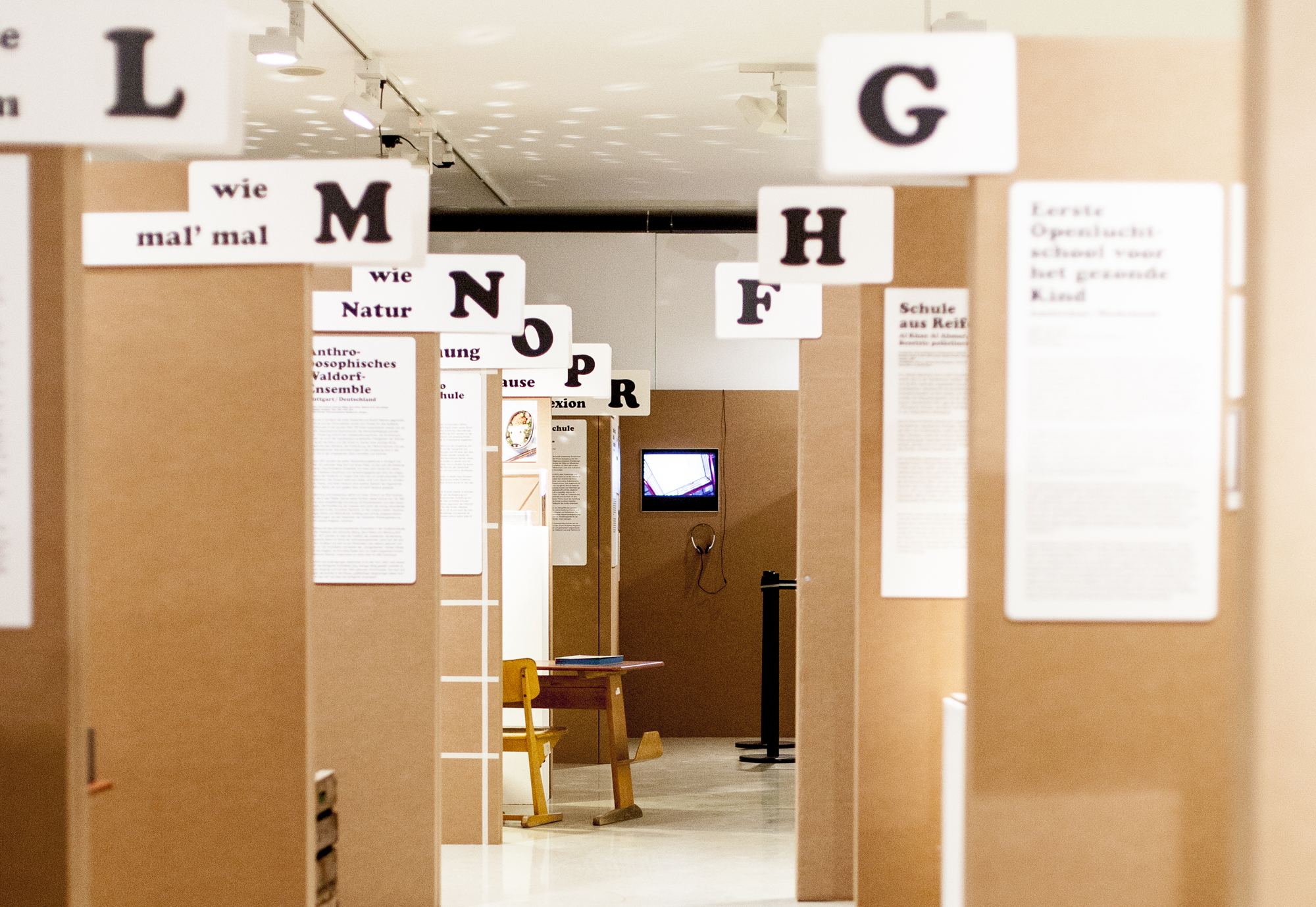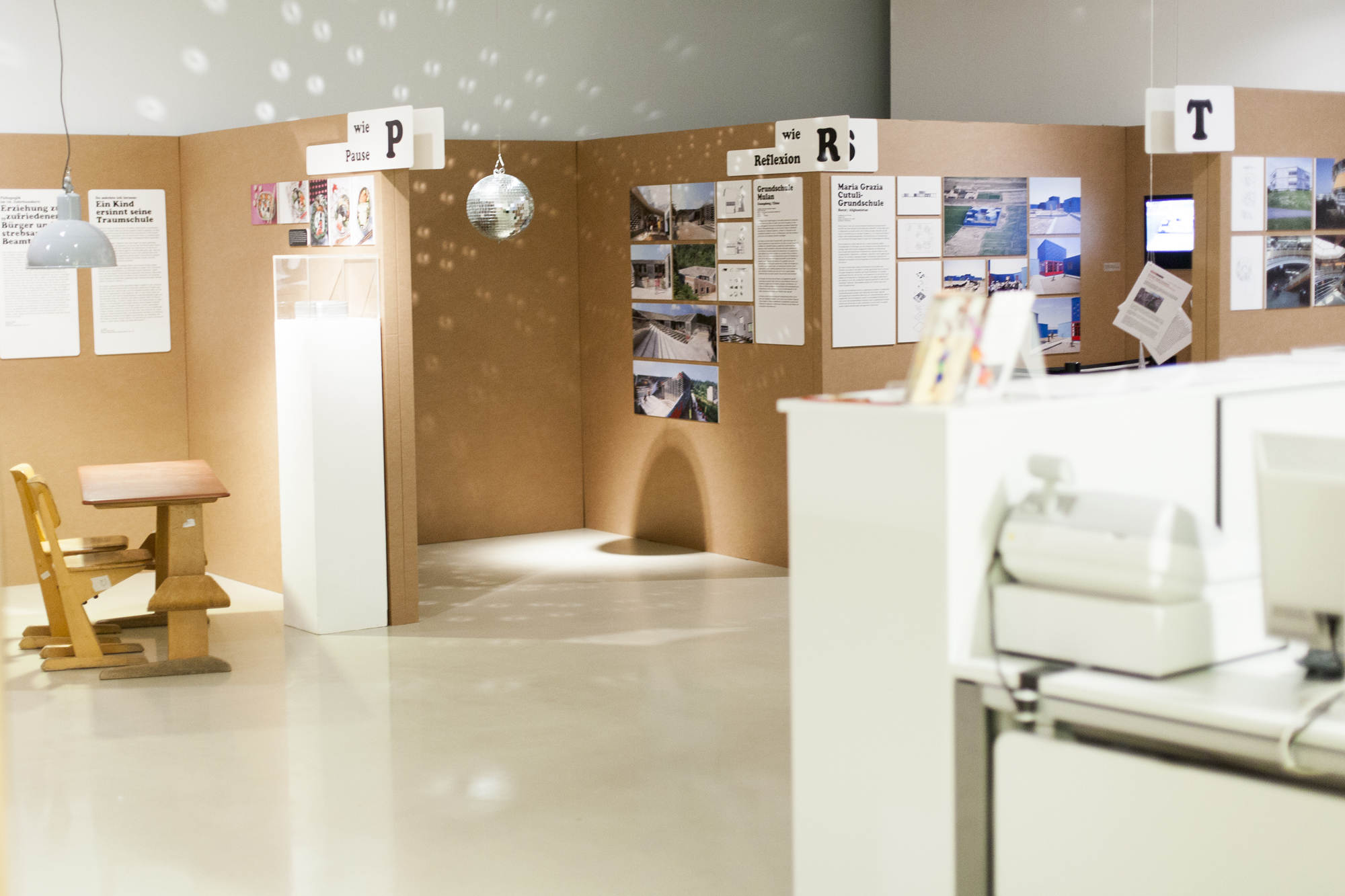
Schools are important for everyone – not just millions of pupils, but also parents, teachers and politicans. The school reforms of recent years mean that we need new spaces for small groups, for individual learning, computer workstations, and spaces for informal meeting and for eating. This requires a built and designed environment suited to our twenty-first century educational concepts, contents and methods. Only if schools become places for learning and living where children enjoy their time, where they take pleasure in learning, and where they can develop their creative abilities rather than just gain new knowledge, can schools contribute to the paradigm shift from an industrial to a knowledge society.
In A Class of its Own presents contemporary school buildings in Africa, Asia, Europe and Latin America. These are buildings that have high design quality and space is considered like another teacher. They harmonise than exceptionally well with regional architecture styles and ways of life, or have been created with the active participation of learners and teachers.
This exhibition shows twenty international examples built since the year 2000 alongside selected pioneering school buildings that exemplify the development of school architecture mainly in the twentieth century. These include Walter Spickendorff’s Waldschule in Berlin, Paul Bonatz’s Lerchenrainschule in Stuttgart, Arne Jacobsen’s Munkengårdskole in Gentofte, Hassan Fathy’s school in Fares, Decio Tozzi’s Escola Jardim Ipê near São Paulo, and the Waldorf ensemble in Stuttgart.
This exhibition was developed and designed with students and teachers in the departments of architecture and interior architecture at University of Stuttgart, University of Innsbruck, and Hochschule für Technik Stuttgart.
Friday, 6 February 2015, 16:00
Werkstattgespräch – Public Talk with Professor Wolfgang Grillitsch
Hochschule für Technik, Stuttgart; department of architecture and design
Thursday, 12 February 2015, 17:00
The building itself brings about culture
Exhibition talk for and with teachers
How does the space influence our ways of learning and teaching? What does architecture reveal about the (contemporary) social understanding of education? And how can the learning environment of school become itself an object of aesthetical research in class?
*Goethe’s comment about the Bürgerschule in Weimar, one of the historical examples of architecture presented in the exhibition, becomes the starting point for a tour through the international history of the building type school and for a collaborative exchange about methods and potentials of a trans-disciplinary research of school space.
Thursday, 19 February 2015, 19:00
IAM – International Art Moves
Dr. Martin Müller and Anne Müller present Friday Prayers – The influence of Islamic Prayer on the Structure of Learning and Campus Architecture
Thursday, 26 February 2015, 19:00
Dreams of Art Spaces Collected
Book presentation with the editors: Internationale Gesellschaft der Bildenden Künste (IGBK), Dorothee Albrecht, Andreas Schmid, Moira Zoitl
Contemporary art spaces are emerging in the most diverse places in the world. These spaces are not “modern”, neutral, but charged with different influences. The editors present this new book, which was published by Revolver Verlag and contains eleven contributions by international authors. Dreams of Art Spaces Collected was initiated in 2007 and is continually updated.
Thursday, 26 March 2015, 18:00
SchulRaumForschung (school space research)
Presentation of the cooperative project
In an artistic cooperative project students from the Barnim-Gymnasium Hohenschönhausen and from Hildegard-Wegscheider-Gymnasium Grunewald – located in completely different districts, neighbourhoods and architectures in Berlin – investigated together with students of the Institute for Art in Context/ University of the Arts Berlin the learning space of school: In which ways is the architecture perceived by the students? Which spaces are used in which ways? And how much space is available for whom? Where are niches, gaps, interstices, where are borders, sources of friction, or areas of tension?
Responding to the exhibition A Class of its Own – Schools Worldwide and its manifold answers to cultural and regional contexts, but also responding to the various realities of schools in Berlin, this project demonstrates that the school space may also be perceived, used and shaped differently than what is common in one’s own (learning) culture.





